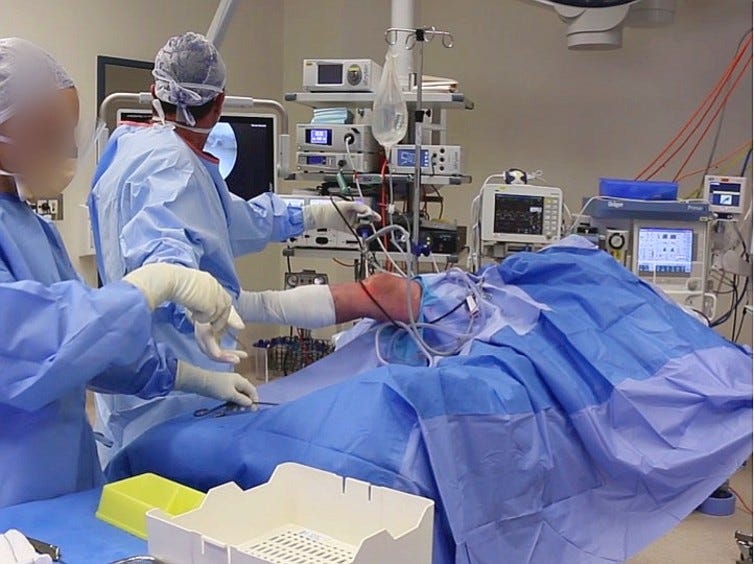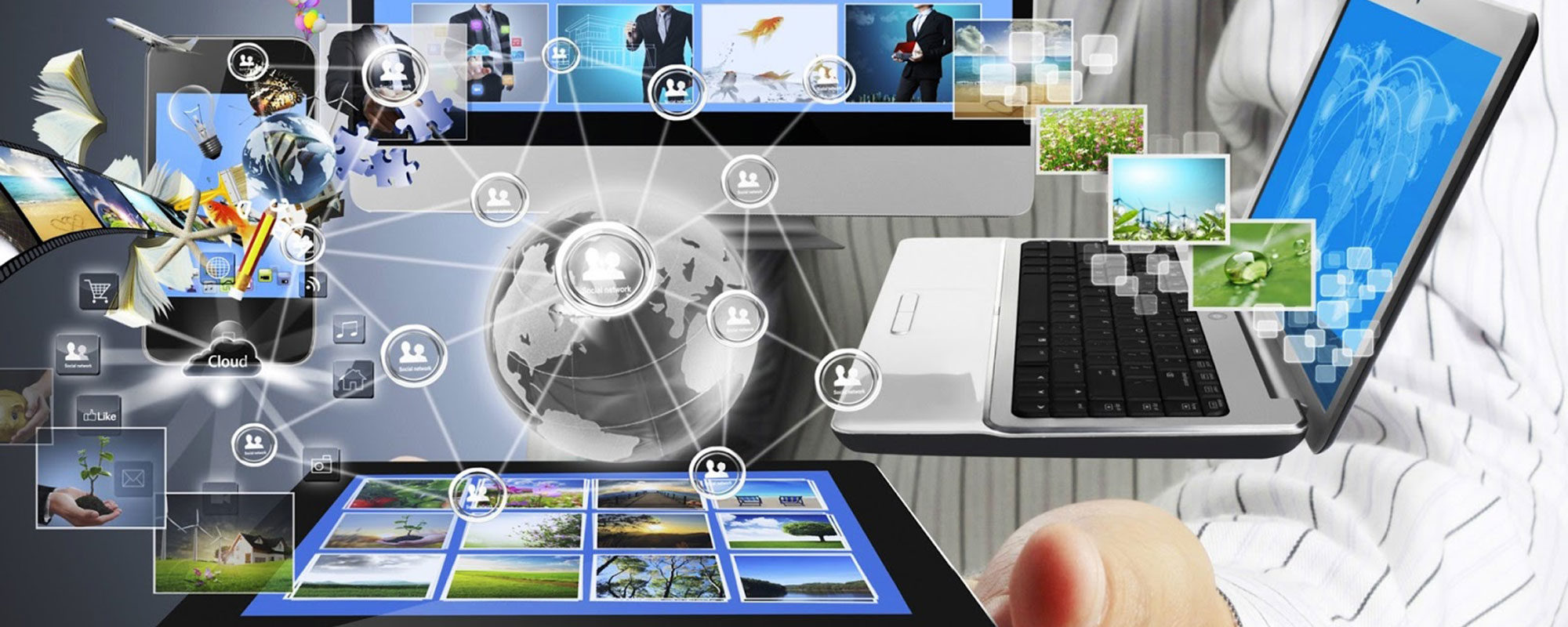
Robots in healthcare and medicine help relieve medical personnel to complete recurrent tasks that prevent them from focusing on more critical issues. These devices make medical processes cheaper and safer for patients.
Robots can help move dangerous substances and perform surgery accurately in small areas. Read on to understand how robotic applications are revolutionizing healthcare and medicine today.
What Recent Reports Suggest
A recently released report indicates that the overall medical robotics industry was worth more than 7 billion Dollars in 2015. This growth is expected to hit over 20 billion Dollars by 2023. Demand for robots in less invasive surgeries like laparoscopic, orthopedic, and neurologic procedures is one of the main drivers of the continued growth.
Today, robot manufacturers are developing a vast range of robots to be used in different healthcare and medical industries. Robots used in human treatment include rehabilitation and surgical units.
The therapeutic and assistive robotic industry is also developing rapidly. Some of the robots used in this case include:
- Empathic units that assist in the caring of mentally or physically challenged persons and the elderly
- Robots that assist patients in improving from critical conditions like stroke
- Industrial robots that execute various recurrent tasks like transporting medical equipment and supplies and sterilizing common areas. Here are some of the top robotic applications in healthcare and medicine.
Telepresence Robots
Telepresence physicians leverage robots to evaluate and recommend medication for patients living in rural areas. According to Dr. Bernadette Keefe, a medicine and healthcare consultant based in Chapel, Hill NC, “Specialists can be on call, via the robot, to answer questions and guide therapy from remote locations.” The main features of these robotic units include sophisticated cameras to facilitate the physical assessment process and navigation ability in the emergency department.
Surgical Assistants
Surgical assistants are remote-controlled robots that help surgeons execute less invasive procedures. According to experts, the power to operate a highly complex robotic arm through operating controls from a workstation away from the operating room sets surgical robots apart from the rest. Experts are working together to develop other applications for surgical robots. The progressive 3DHD technology provides surgeons with the structural references required for sophisticated surgery.
Rehabilitation Robots
These devices play a major role in helping people with disabilities recover. Users can program rehabilitation robots to conform to each patient’s condition when recovering from the spinal cord or traumatic brain damage, stroke, and neuromuscular or neurobehavioral illnesses like multiple sclerosis. Rehabilitation robots are integrated with virtual reality, which can help improve walking, balance, and a range of motor functions.
Medical Transportation
Medical transportation robots execute the delivery of medication, supplies, and meals to staff and patients. Doing so optimizes communication between patients, members of staff in the hospital, and doctors.
Experts opine that many of these machines feature deeply dedicated self-navigation capabilities across the facility. Still, institutions need to invest in more cost-effective and advanced domestic navigation systems. Doing so strengthens the navigational potential of the transportation robot.
Disinfection and Sanitation Robots
Today, the world is battling a global pandemic and other antibiotic-defiant outbreaks and bacteria. To counter this situation and protect patients, many healthcare facilities are cleaning and disinfecting surfaces with robots. According to experts in the industry, the primary disinfection method includes hydrogen peroxide fumes and UV light. With these robots, you can disinfect a big room in record time.
Robotic Instruction and Dispensing Systems
Precision and speed are some of the reasons why many players in healthcare and medicine use them. Robotic prescription and dispensation are crucial functions of pharmacies. Automated dispensing schemes have advanced, and robots can manage liquids, powder, and deeply viscous materials with more precision and speed.
Finally
Robot manufacturers are developing advanced units to help execute different applications in healthcare and medicine. Advanced technology like robotics and artificial intelligence is revolutionizing the healthcare and medicine industry. By enabling cost-effective and efficient working methods, medical personnel can provide faster, more accessible and enhanced services.
